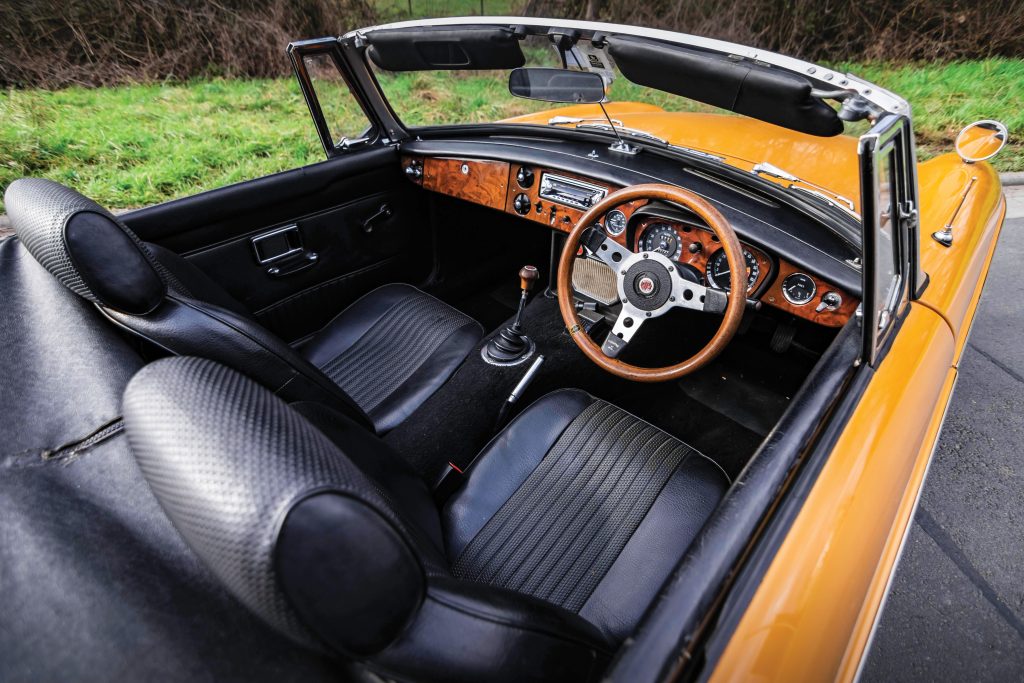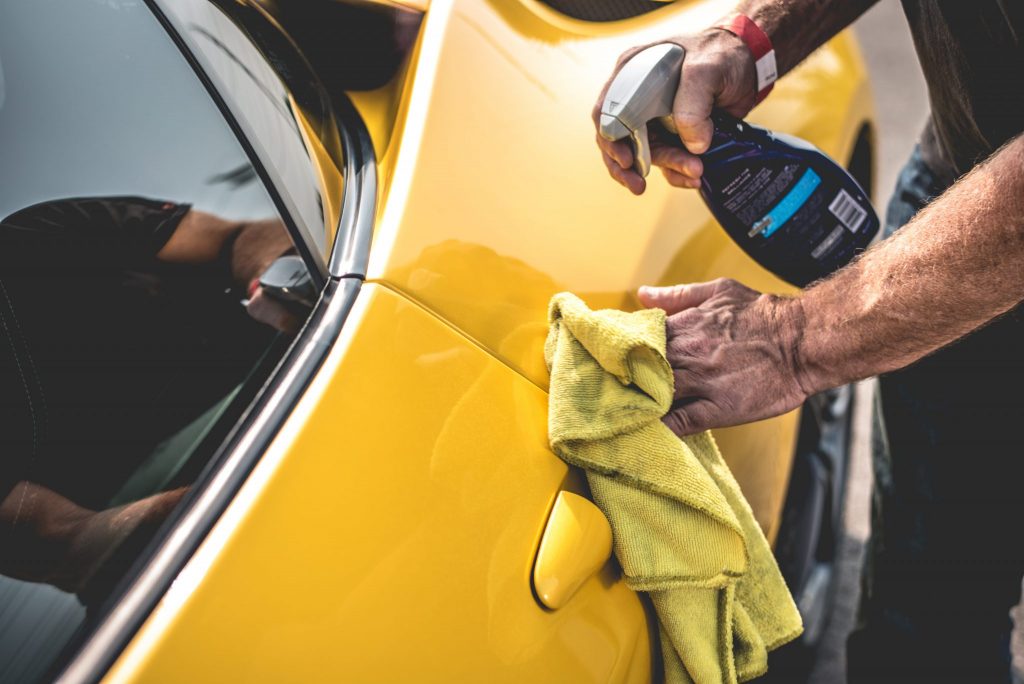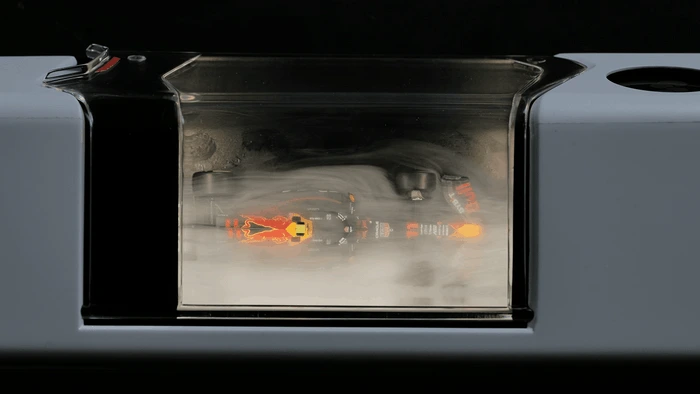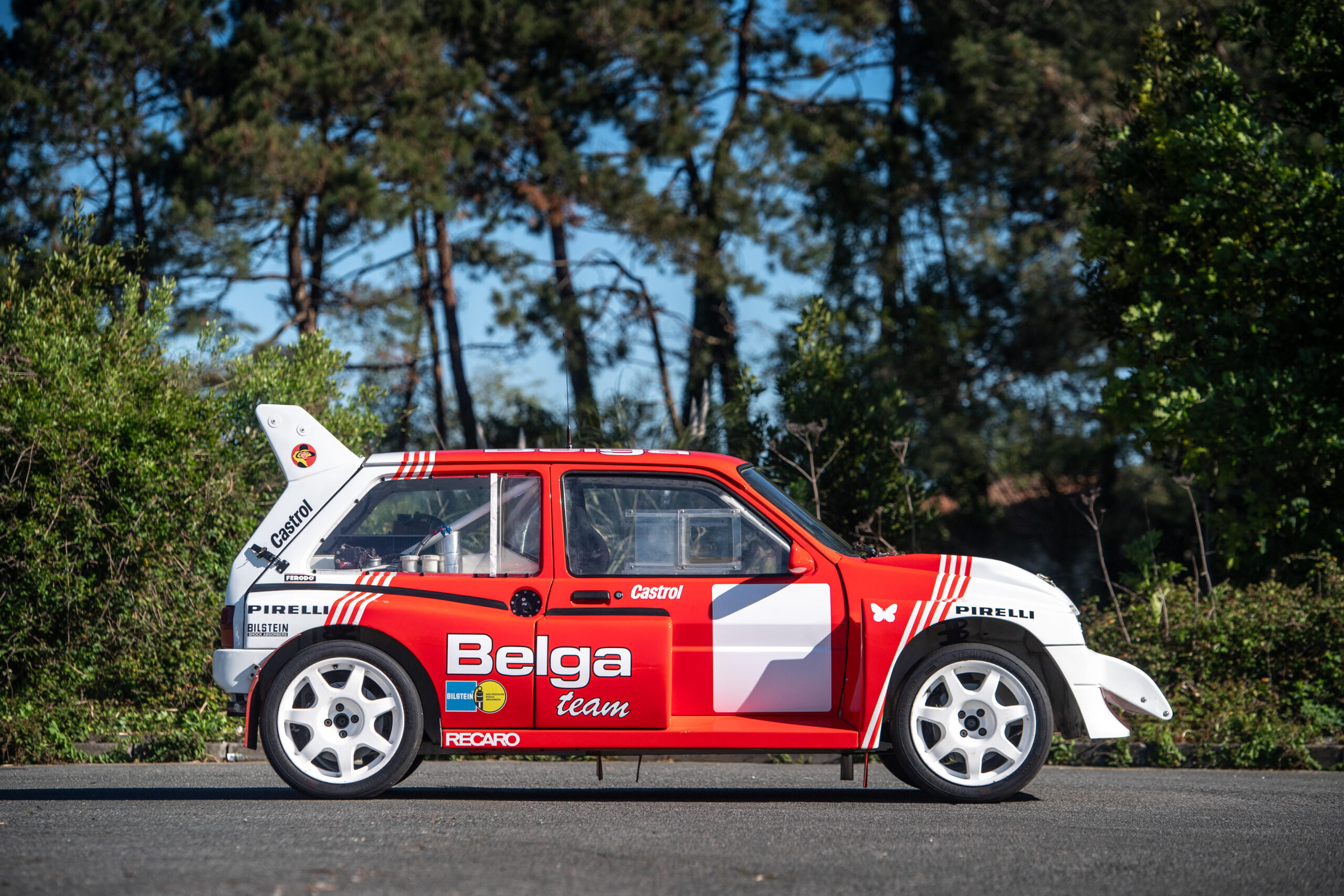Richard Tipper has been valeting cars of all shapes and sizes since 1989, and can spend up to a week detailing every inch of a car. He has gone through more cleaning accessories and products than you’ll find on the shelves of an automotive superstore. These are Tipper’s Tips for the Hagerty community.
When I asked what car-cleaning questions you were keen to have answered, the responses were wide and varied – but as ever, I’d encourage you to keep them coming. Do feel free to post more in the comments section below, as I will share them complete with my advice, here. In the meantime this week’s questions include a couple on paintwork, from factory quality to cleaning a car with paint protection film, plus one that may be handy to those of you with older classics and plenty of vinyl interior trim.

Adam Prestwich asks: How much variation in paint quality do you see from manufacturers?
Paint technology over the years, which is governed by legislation, means that certain products have to be used for environmental reasons, and old techniques are no longer permissible. So the paint finish that you might see on 20-year old cars could well be a lot better than modern paint finish in some circumstances.
One of the negative things I hear from a small portion of the car community about modern paint is the level of orange peel in the finish. It isn’t a result of poor quality, more a symptom of modern, solvent-based clear coats, which cure through evaporation and create that rippled effect. And it’s a hugely labour-intensive job to flatten these surfaces for a glass-like finish – Rolls-Royce, which makes a point of glass-like paintwork, spends a considerable time achieving the perfect visual finish on each car it builds, whereas a manufacturer of mass-produced cars can’t do that. So it’s not necessarily the paint that’s variable, but the clear coat and final finishing.
Here’s how to polish more shine into your paintwork
Nigel Parry asks: What would you use to care for vinyl dashboards? Mine seems to be dried out and easy to damage.

Vinyl is a tricky one only because dashboards are designed not to be shiny, and most cleaning products are designed to put shine on stuff! They have gloss enhancers and silicones and all sorts. For example, plastic rubber renovators from companies like Gtechniq and Autoglym can work, but they contain silicones, so there’s a risk of making your dash glossy and reflective (and you want to avoid steering wheels, gearknobs and pedals altogether, to prevent them becoming slippery).
The most effective, natural way of cleaning plastic and vinyl is a damp and warm microfibre cloth, perhaps with some fabric cleaner on it as a degreaser. For sun-bleached, discoloured and porous vinyl surfaces though, a plastic and rubber renovator is really the only way.
Stephen Doran asks: Paint protection film (PPF) is becoming more common – how should you look after cars that have partial or full PPF? What are the differences, if any, in regular washing and when doing a more through detail? Can you gently polish them to remove contamination and do you add final stage products such as sealants or waxes over PPF?

I’ll work backwards with this one… Yes, you can use protective products over PPF purely for the water beading effect, and nano coatings are quite commonly applied after PPF application.
Can you polish PPF? Yes, you can. As I’ve mentioned previously, PPF is resilient but not invincible, and ideally you’ll want to wash the car fairly quickly after dead flies or bird droppings, which can stain it. But most modern PPF applications are self-healing, and the way to do this is usually heat – leaving it out on a bright, sunny day, or using a hairdryer.
PPF is also resilient to most cleaning methods – just be careful not to force water around the edges or corners where it could potentially lift the film, and likewise around stone chips that might have penetrated the PPF. But you don’t need to be overly cautious or fearful of cleaning a car with PPF.
Read more
Elbow Grease: How to clean a convertible’s fabric roof and streak-free glass
Christmas 2021 sorted: the best gifts for car lovers
Socket Set: How to clear drainage channels and stop your car leaking and rusting









